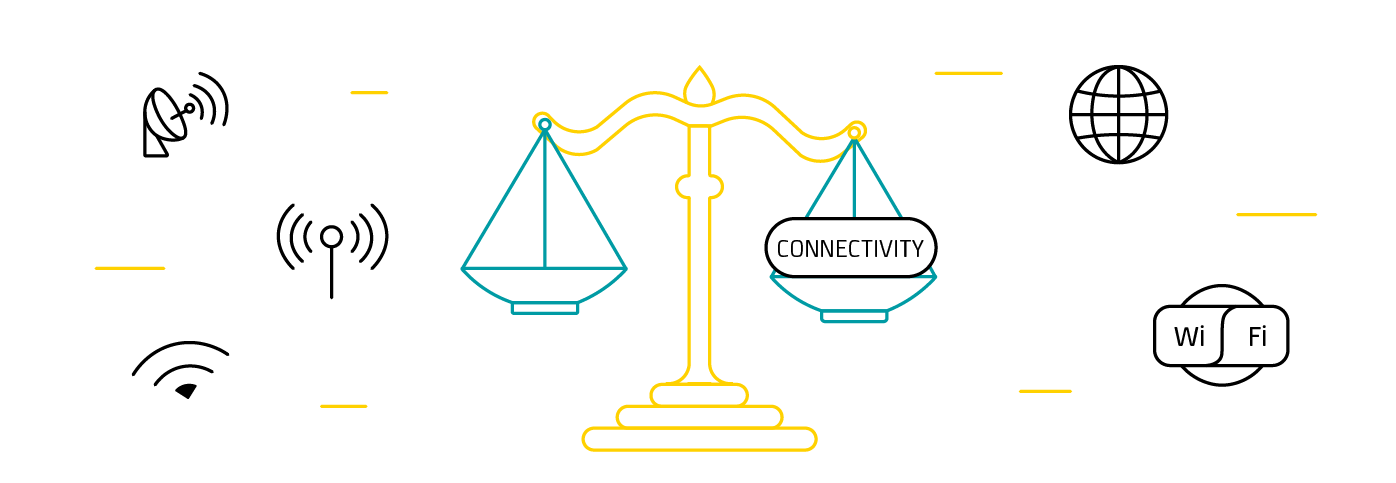Firstly, Considerations of the length of battery life, network coverage, and cost all come into play when an organization needs a connectivity mechanism. The type of IoT connectivity uses critical to the success or failure of a new IoT project.
Nowadays, we have more significant technologies available. Connect an IoT device to the internet or the cloud, including Ethernet, WiFi, low-power WAN (LPWAN), cellular options, and satellites. Organizations must understand their needs before selecting the appropriate option for every IoT solution. As IoT device connectivity option and its advantages and disadvantages can vary.

IoT Connectivity Ethernet / PoE Connection:
Ethernet allows a fixed connection
This is among the first connection methods were used to link an IoT device to a network. This remains a suitable choice for heavy devices and doesn’t need to move from a fixed position. To reduce the amount of cables used for powering the wired IoT connection. The Power over Ethernet (PoE) is by far the best option.
Wireless Fidelity or Wi-Fi for Internet of Things Network:
IoT Connectivity Best for offices and buildings
Nowadays, WiFi one of the most popular wireless connectivity options in the world. WiFi uses unlicensed spectrum 2.4 GHz and 5 GHz. WiFi offers ranges that top out at around 410 feet from the access point. 2.4 GHz Connections can support data rates of 150 Mbps and better penetrate walls and other solid objects. 5 GHz can support around 1 Gbps with a low penetration rate. Most IoT solutions are used 2.4 GHz for IoT devices in offices or other buildings.
LPWAN, Cellular, Satellite Continued…